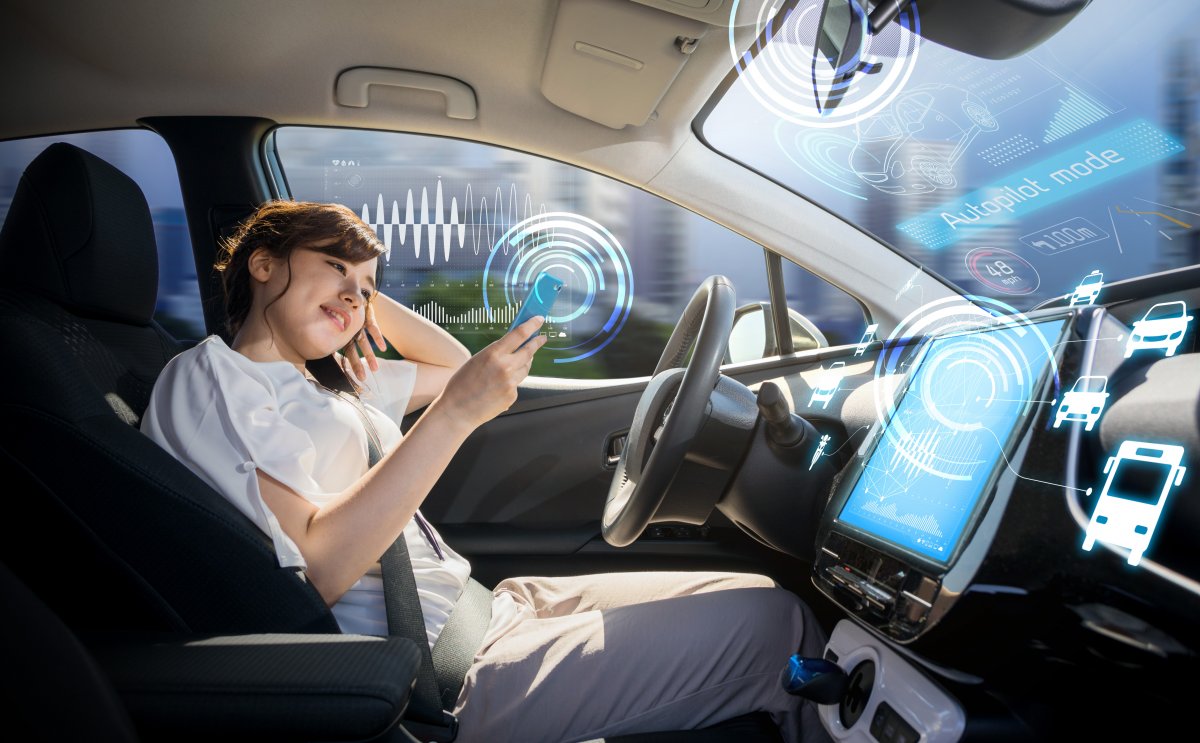The much-vaunted “cooperative intelligent traffic systems,” in which cars communicate with each other and with the road’s traffic infrastructure via radio, are set to be increasingly implemented in the United States. Road safety advocates have been touting the potential of similar vehicle-to-everything (V2X) and car-to-car (C2X) systems for years. But so far, little has happened on the ground. On Friday, the U.S. Department of Transportation released a national roadmap that aims to accelerate the introduction of the technology and save thousands of lives.
advertisement
After months of consultation, the initiative focuses on road safety, mobility and “efficiency through technology.” U.S. Secretary of Transportation Pete Buttigieg, Democrat Talk about a teacherWhich has already been achieved, with the next steps being outlined. “The Department recognizes the potential security benefits of V2X technology and this plan brings us closer to deploying this technology nationwide,” he stressed. Shailen Bhatt, Administrator of the Federal Highway Administration, confirmed that V2X has proven itself in principle and works well.
The ministry gives the goal With paper Accelerate the deployment of secure and interoperable V2X communication using the allocated spectrum of 5.895-5.925 GHz and other available frequency bands through cooperation and coordination between the government, public sector and private sector. By 2028, at least two original equipment manufacturers (OEMs) should initially commit to equipping vehicles to transmit in the target area. According to the plan, V2X will be used on 20 percent of national highways by then. In the 75 largest metropolitan areas, 25 percent of traffic signals at intersections should aim to communicate with vehicles. Meanwhile, there should be 12 interoperable “secure internet applications.”
The EU is moving forward, but it is at risk of being left behind
The long-term plan is to convert the entire U.S. highway-like network to V2X by 2036. By then, the technology should be installed at 75 percent of the nation’s intersections and 85 percent of traffic signals in large urban areas. At least 20 vehicle models will be V2X-capable as planned. There will also be five V2X use cases ready for use in all 50 states in the intended GHz band.
Use of relevant systems “hampered by regulatory uncertainty”, John Bozella complainedchairman of the Alliance for Automotive Innovation, which represents the interests of automakers in the United States. But he was optimistic that the new project would help and ensure that deployment efforts resume: “This is a reset button.” The European Commission set out the Connected Cars and Roads Framework in 2019 with a set of rules for “cooperative intelligent transport systems” (C-ITS). Vehicles should be able to warn each other about dangerous situations like traffic jams or construction work, or report the condition of the road they are currently on. But after a dispute over whether C-ITS should use the ITS-G5 standard with the tested 802.11p WLAN specification or C-V2X mobile communications technology, things have been pretty quiet on the technology in the EU.
(never)

“Certified tv guru. Reader. Professional writer. Avid introvert. Extreme pop culture buff.”







More Stories
Samsung Quantum Dot TV: Art meets technology
Pitch: €56m for energy startup Reverion
Plastoplan: Plastics for Energy Transition